Looking for the best spices for steak? The top 3 essential spices for perfect steak seasoning are salt, freshly cracked black pepper, and garlic powder. These three form the foundation of restaurant-quality steak at home, creating a flavorful crust while enhancing the meat's natural taste. Apply coarse salt 45 minutes before cooking, then add pepper and garlic powder just before searing for optimal results. This simple approach works for all steak cuts and requires no special equipment.
Continue reading for our complete guide to steak spices, including science-backed application techniques, perfect blends for specific cuts, and common seasoning mistakes to avoid.
Table of Contents
- Why Spices Transform Steak Flavor
- Top 3 Essential Steak Spices (Quick Reference)
- Complete Guide to 10 Best Spices for Steak
- How to Apply Spices Properly
- 4 Foolproof Steak Rubs for Different Cuts
- Spice Comparison: What Works Best For Your Cut
- 7 Pro Tips for Perfectly Seasoned Steak
- The Science Behind Great Steak Seasoning
- Putting It All Together
- Frequently Asked Questions
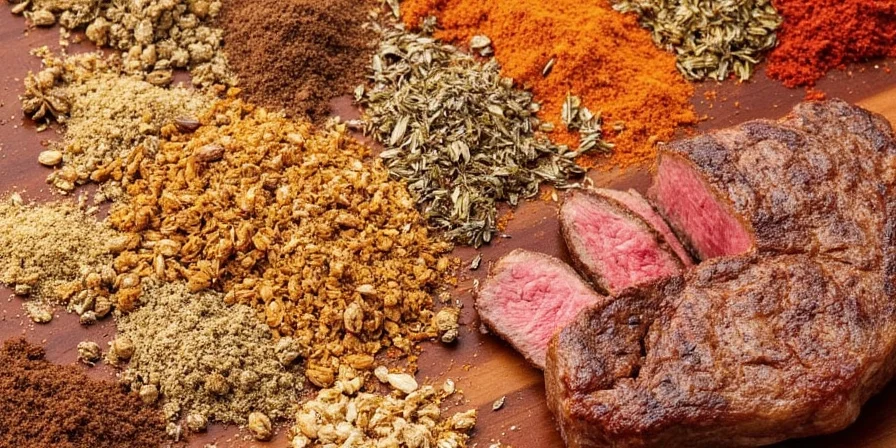
Why Spices Transform Steak Flavor
Proper seasoning does more than add flavor—it creates chemical reactions that enhance texture, aroma, and taste. Salt draws out moisture temporarily, then draws it back in seasoned, creating a better sear. Spices interact with the meat's fats and proteins during cooking, developing complex flavors through the Maillard reaction. The right spice application turns an ordinary steak into something extraordinary by working with the meat's natural chemistry rather than covering it up.
Top 3 Essential Steak Spices (Quick Reference)
Before diving into advanced options, master these three fundamentals that work for any steak cut:
- Kosher Salt – Use 1 teaspoon per pound of steak. Apply 45 minutes before cooking for dry brine effect
- Freshly Cracked Black Pepper – Coarsely cracked for better flavor release and less burning
- Garlic Powder – More consistent than fresh garlic, distributes evenly without burning
These three create the foundation most professional steak seasoning blends build upon. They're affordable, shelf-stable, and work with all cooking methods from pan-searing to grilling.

Complete Guide to 10 Best Spices for Steak
While salt and pepper are essentials, these additional spices can elevate your steak to restaurant quality when used properly:
- Salt – Triggers moisture management and protein denaturation for optimal crust formation
- Black Pepper – Piperine compounds enhance umami perception and heat resistance
- Paprika – Capsanthin provides color stability without overpowering other flavors
- Garlic Powder – Allicin derivatives bond with fats for sustained savory notes
- Onion Powder – Sulfur compounds create sweet undertones during caramelization
- Chili Powder / Cayenne – Capsaicin binds to fat for even heat distribution
- Smoked Paprika – Guaiacol compounds replicate wood-smoke without equipment
- Dried Rosemary – Carnosic acid acts as natural antioxidant during cooking
- Cumin – Cuminaldehyde creates earthy depth compatible with high heat
- Thyme – Thymol dissolves completely in fats for uniform flavor infusion
Pro tip: For beginner home cooks, start with just salt, pepper, and garlic powder before experimenting with additional spices. Overcomplicating your rub can mask the steak's natural flavor.
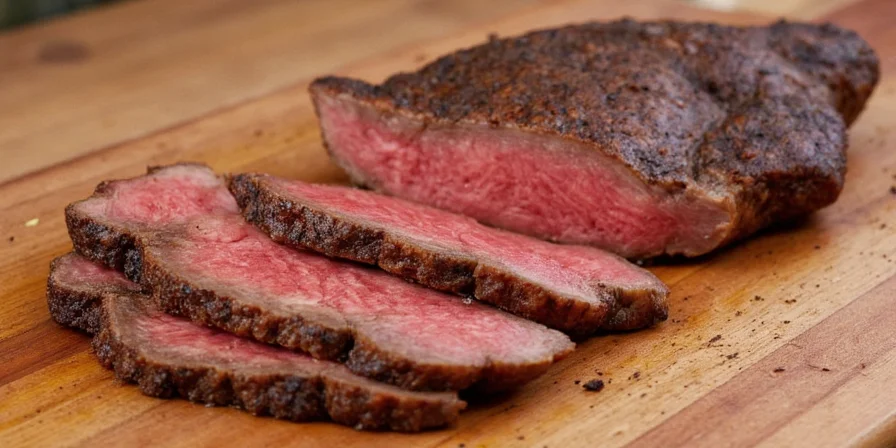
How to Apply Spices Properly
When and how you apply spices matters as much as which ones you use. Follow these steps for perfect seasoning:
- Dry the steak surface: Pat meat thoroughly with paper towels before seasoning
- Salt timing: Apply kosher salt 45 minutes before cooking for best results (or immediately before if short on time)
- Layer sequencing: Apply salt first, then fat-soluble spices (rosemary, thyme), followed by volatile compounds (pepper, garlic)
- Pressure technique: Press spices firmly with palm to embed into meat fibers without damaging structure
- Pepper timing: Add black pepper just before cooking to prevent burning
What not to do: Avoid applying wet marinades before dry spices, as this creates a barrier that prevents proper adhesion. Don't use fine table salt, which dissolves too quickly and draws out too much moisture.
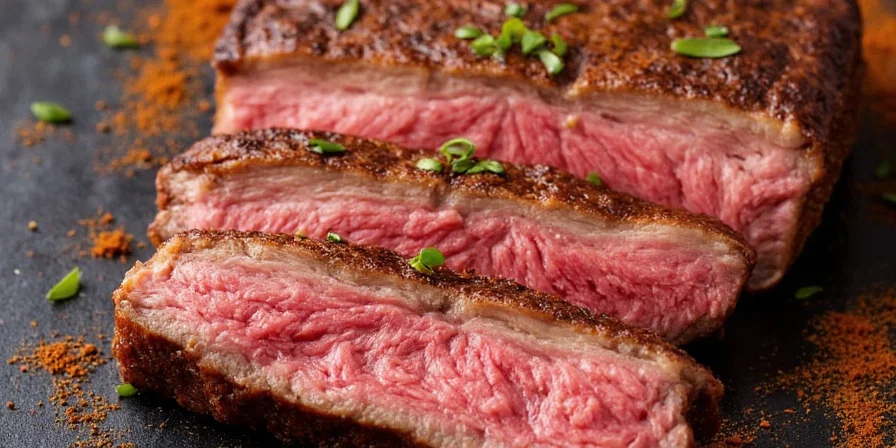
4 Foolproof Steak Rubs for Different Cuts
Pre-mix these ratios in airtight containers for instant access. All blends use 1:1 salt-to-spice ratios by volume for balanced flavor without sodium overload.
| Blend Name | Ingredients | Best For |
|---|---|---|
| Simple Steak Rub | 2 tbsp coarse salt, 1 tbsp cracked black pepper, 1 tbsp garlic powder | All-purpose seasoning for any cut |
| Classic Precision Rub | Coarse salt, cracked black pepper, garlic powder | Thin cuts requiring fast sear (skirt, flank) |
| Maillard Maximizer | Smoked paprika, onion powder, brown sugar (1:1:0.5) | Thick cuts for deep crust development (ribeye, porterhouse) |
| Smoke Infusion Mix | Smoked paprika, cumin, garlic powder, salt | Indoor cooking without grill/smoker |
Spice Comparison: What Works Best For Your Cut
| Best For | Top Spice Recommendations | Application Timing |
|---|---|---|
| Ribeye (fatty cuts) | Thyme, rosemary, garlic powder | With oil pre-cook |
| Filet Mignon (lean cuts) | Smoked paprika, black pepper, onion powder | During searing |
| Flank/Skirt Steak | Chili powder, cumin, garlic powder | Pre-sear application |
| Indoor Cooking | Smoked paprika, onion powder, garlic | During cooking |
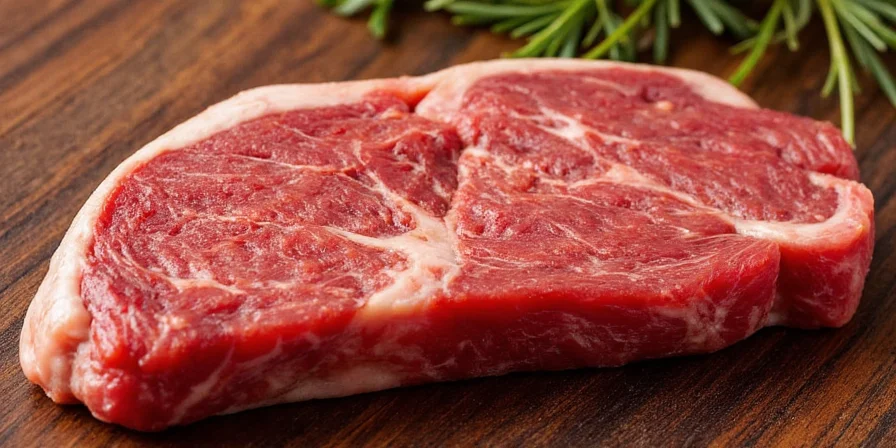
7 Pro Tips for Perfectly Seasoned Steak
- Temperature sync: Bring steak to 50°F internal temp before seasoning to optimize spice adhesion
- Texture strategy: Use coarse salts for crust formation, fine powders for even distribution
- Resting protocol: Wait 5 minutes post-seasoning before cooking for compound activation
- Butter timing: Add herb butter during final 2 minutes to preserve volatile compounds
- Smoke point awareness: Avoid high-heat spices in oil exceeding 350°F to prevent bitterness
- Less is more: Never use more than 3-4 spices for steak to avoid flavor confusion
- Grind your own: Freshly cracked pepper delivers significantly better flavor than pre-ground
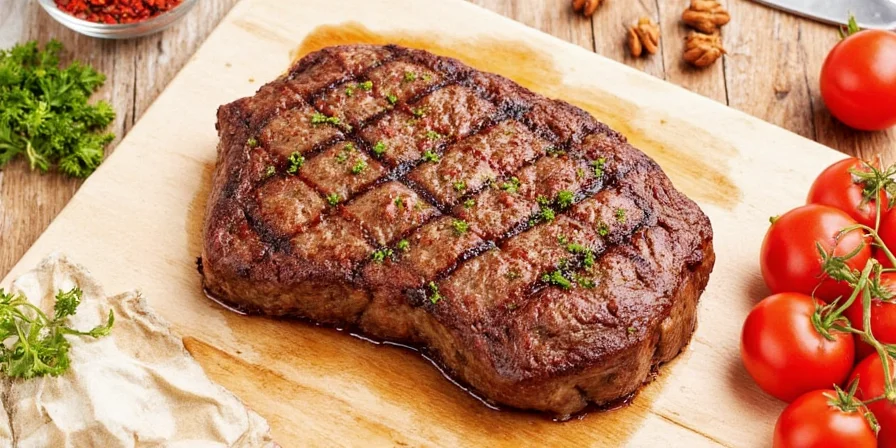
The Science Behind Great Steak Seasoning
While Maillard reactions create surface complexity, true depth comes from lipid-spice interactions. Fat-soluble compounds like thymol (in thyme) and carvacrol (in oregano) dissolve into steak fats during cooking, carrying flavor deep into the meat. This explains why ribeye—with its high marbling—excels with herbal rubs, while leaner cuts like filet mignon benefit from surface-focused spices like smoked paprika. Historical trade routes also shaped modern blends: Black pepper's dominance stems from 16th-century European trade monopolies, while smoked paprika emerged from Spanish preservation techniques later adapted for grilling.
Putting It All Together
Great steak seasoning starts simple: master salt, pepper, and garlic powder before adding complexity. The key is matching your spice choices to both your cut of meat and cooking method. For beginners, the simple steak rub (2 parts salt, 1 part pepper, 1 part garlic powder) works perfectly for 90% of steak cooking scenarios. As you gain experience, experiment with specialized blends for specific cuts and cooking methods. Remember that proper application timing matters as much as which spices you choose—seasoning isn't just about flavor, but about creating the chemical conditions for perfect texture and crust development. With these techniques, you'll consistently achieve restaurant-quality results at home.
Frequently Asked Questions
What's the best steak seasoning for beginners?
Start with a simple mix of coarse kosher salt, freshly cracked black pepper, and garlic powder in a 2:1:1 ratio. This combination works for all steak cuts and cooking methods. Apply salt 45 minutes before cooking, then add pepper and garlic powder just before searing.
Should I use fresh or dried herbs on steak?
Dried herbs work better for direct steak seasoning as they contain less moisture and withstand high heat better. Use dried rosemary and thyme in rubs. Reserve fresh herbs for finishing—add them during the last few minutes of cooking or as a compound butter.
Why does my pepper burn when cooking steak?
Black pepper burns at around 400°F. To prevent this, apply pepper just before placing the steak in the pan (not during the dry brine phase), or mix it with oil to lower the effective smoke point. Using coarsely cracked pepper also helps, as it has less surface area to burn compared to fine grounds.
How long before cooking should I season steak?
For best results, salt your steak 45 minutes before cooking to allow for a dry brine effect. Add other spices like pepper and garlic powder just before cooking. If short on time, season immediately before cooking—but never in between, as this draws out moisture without allowing it to be reabsorbed.
Can I use steak seasoning on other meats?
Most steak seasonings work well on pork chops and lamb. For chicken, reduce or eliminate strong spices like smoked paprika and cumin, and increase herbs like thyme and rosemary. For fish, use lighter seasonings with more lemon zest and less salt.

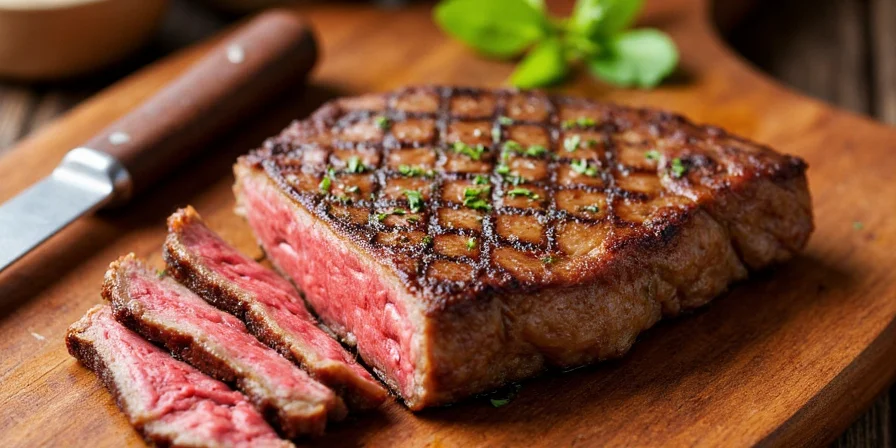









 浙公网安备
33010002000092号
浙公网安备
33010002000092号 浙B2-20120091-4
浙B2-20120091-4